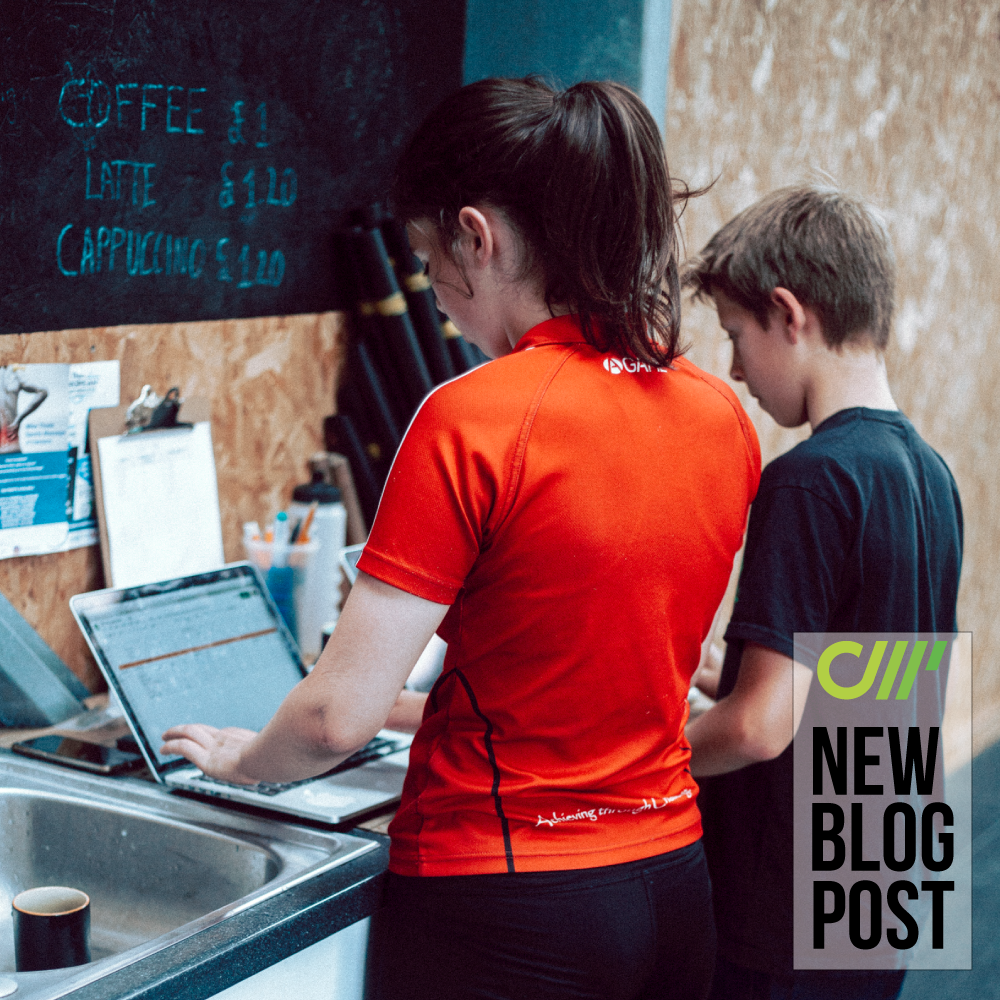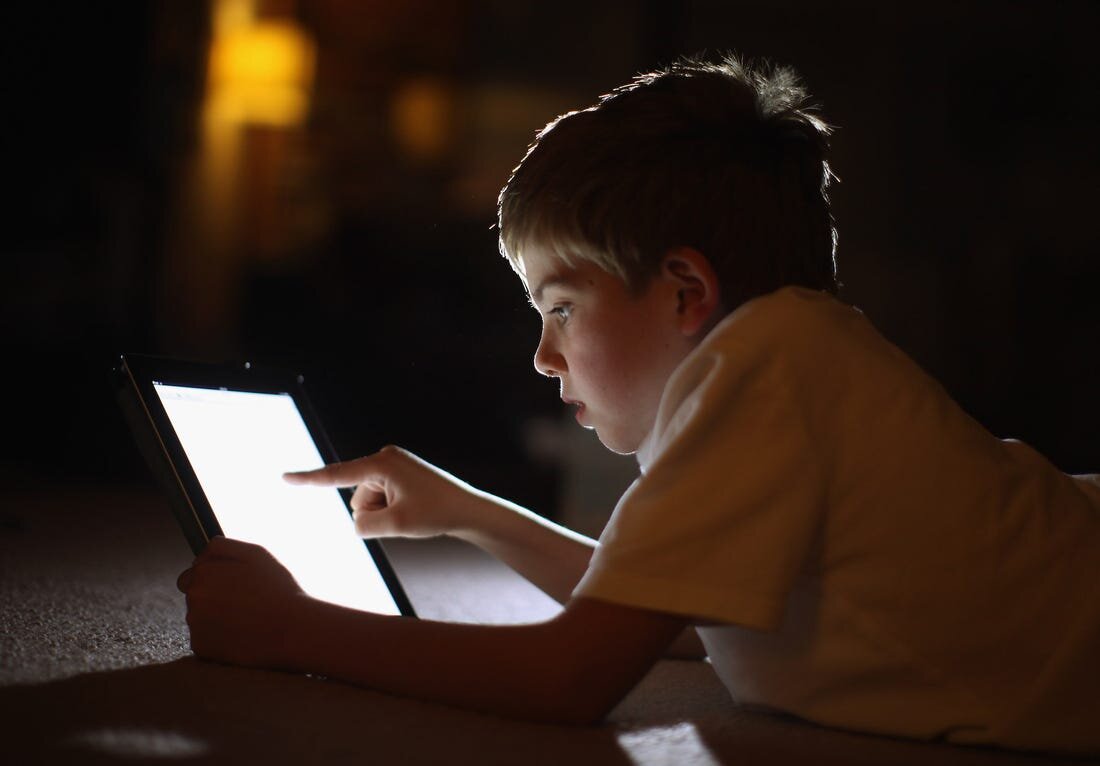As a parent, one of the little wins in life will be when your child transitions from polyphasic sleep (aka waking you up multiple times), to a more monophasic (waking you up just the once) sleep pattern. This is one of many examples as to how sleep is a different beast for youth and adolescent athletes compared to adults.
In today’s blog you will learn:
-
Why sleep offers the most effective cost to benefit ratio in terms of a young athlete’s performance
-
Evidence-based take-homes for improving yours and your youth athlete’s sleep quality (and the benefits for athletic and academic performance)
How Sleep Hinders Performance
Whilst this isn’t meant as a scare tactic… There is not a single mental disorder where a normal sleep pattern is present.
#block-52da5638914e37cec0df {
}
If this doesn’t highlight how important sleep is in terms of regulating brain activity, I don’t know what will.
Matthew Walker’s Why Do We Sleep has shown less than 8 hours of sleep results in the following:
-
Impaired reaction time
-
A poorer time to physical exhaustion
-
An increased likelihood of irrational decision making (especially in adolescent brains!)
-
A reduction in power and strength
-
A dramatic increase in injury risk… Especially in adolescent athletes (Milewski et al 2014)
Although CHP treat injuries as opportunities, prevention will always be better than a cure.
With over 750 scientific studies exploring the relationship between sleep and human performance, the below quote from Why Do We Sleep should not be taken lightly:
“In the context of injury, there is no better risk-mitigating insurance policy than sleep”
How to Optimise Sleep
-
Stick to a sleep schedule
If the human body were actually a machine (as it is often described) then a given input would always equal a specific output.
To illustrate the fact that sleep debt cannot be repaid simply by ‘getting an early night’ imagine the following scenario:
-
Tonight you sleep for just 2 hours
-
The next day sleep for 14 hours
-
You have averaged 8 hours of sleep… But how do you feel?
If Bill Gates walks into a bar on average everyone is millionaire springs to mind…
If your child has an early morning swim practice as a regular schedule during the week, then your best bet is to stick to this schedule as consistently as possible.
Waking up at 5:30 for an early morning training session on a weekday and then laying in til 09:30 on a weekend is the equivalent of telling your body you are in a different time zone…
…And to anyone who has ever been jet-lagged, this is the last feeling you should be sending your child back to a 40+ hour school week with.
On a final point, the last 2 hours of an 8-hour sleep have been shown to be most beneficial in improving motor skill… So find the balance between consistency, quality and quantity of your child’s sleep habits.
If you are willing and able to pay for high-quality coaching to improve your child’s sporting skills… Be savvy enough to take advantage of the unrivalled (and free!) performance-enhancing benefits that consistent good nights of sleep offers.
2. Optimise light exposure
#block-yui_3_17_2_1_1574695153201_6948 {
}
The number one trigger for the human body to sleep is the absence of blue light (think daylight) and a chemical hormone called melatonin.
As blue light diminishes, the chemical messenger melatonin begins telling the brain and body that it time to start winding down for the night.
21st-century kids are plagued with blue light inadvertently thrust upon them in the form of electronic devices; iPads, mobile phones, and laptops being the primary culprits.
Balancing sporting life and academic life will always be challenging and reading an iPad in bed might appear like a useful solution to such a problem.
However, reading on an iPad, compared to a book, has been shown to block the “it’s time to sleep” melatonin by a message by 23% (Figueiro & Overington 2016), with more recent studies showing melatonin being blocked by as much as 50%.
By tricking our brains into thinking it is day time, these devices delay the onset, and subsequently interfere with the quality, of sleep.
Closing Thoughts
The body’s natural sleep patterns are delicately controlled by light and temperature.
Too much light, be it daylight streaming in through the window, or your blue-light emitting phone being on your bedside, and you will struggle to drift off.
Likewise, leaving the heating on throughout the night, whilst it might make you feel cosy and warm, delays the release of the ‘it’s time to wind down’ hormone, melatonin.
As a parent if you are willing, able and understand the difference that paying for high-quality coaching makes, you cannot afford to pass up on the unparalleled (and free!!) performance benefits that a cool, dark and electronic device free room has on your children’s sleep quality and their subsequent athletic performance.
Key Take Homes:
-
A good night’s sleep is the most powerful recovery tool for any athlete
-
All athletic performance markers are automatically downgraded with <8 hours sleep (and drastically so when less than 6 hours occurs)
-
Keep the sleep environment cool, dark and consistent in terms of timing across the week (including weekends) and limit electronic device usage within 2 hours of bedtime
Key Resources/References
Why Do We Sleep -by Matthew Walker
Sleep is your Superpower Ted Talk by Why Do We Sleep author Matthew Walker
Milewski, M. D., Skaggs, D. L., Bishop, G. A., Pace, J. L., Ibrahim, D. A., Wren, T. A., & Barzdukas, A. (2014). Chronic lack of sleep is associated with increased sports injuries in adolescent athletes. Journal of Pediatric Orthopaedics, 34(2), 129-133.
Figueiro, M., & Overington, D. (2016). Self-luminous devices and melatonin suppression in adolescents. Lighting Research & Technology, 48(8), 966-975.
Bergeron, M. F., Mountjoy, M., Armstrong, N., Chia, M., Côté, J., Emery, C. A., … & Malina, R. M. (2015). International Olympic Committee consensus statement on youth athletic development. Br J Sports Med, 49(13), 843-851.
About The Author
Todd Davidson is a UKSCA accredited Strength and Conditioning Coach currently undertaking a PGCE through St Mary’s University, with the longer-term aim of introducing athletic development into the national P.E curriculum. Todd\’s current interest on youth athletes was sparked by gaining experience with University, Paralympic and Olympic athletes as part of his internship roles with Durham University, Middlesex County Cricket Club and the English Institute for Sport, with GB Boxing and Paralympic Table Tennis, and speaking to other practitioners as to how this journey can be scaled more effectively to reduce injury risk, enhance performance and improve athletic development in youth athletes.
Todd can be found via:
Twitter: @todddavidson93
Facebook: search Todd Davidson P2P coaching
Instagram: @ToddDavidsonP2Pcoaching
#block-yui_3_17_2_1_1574695153201_11427 {
}



